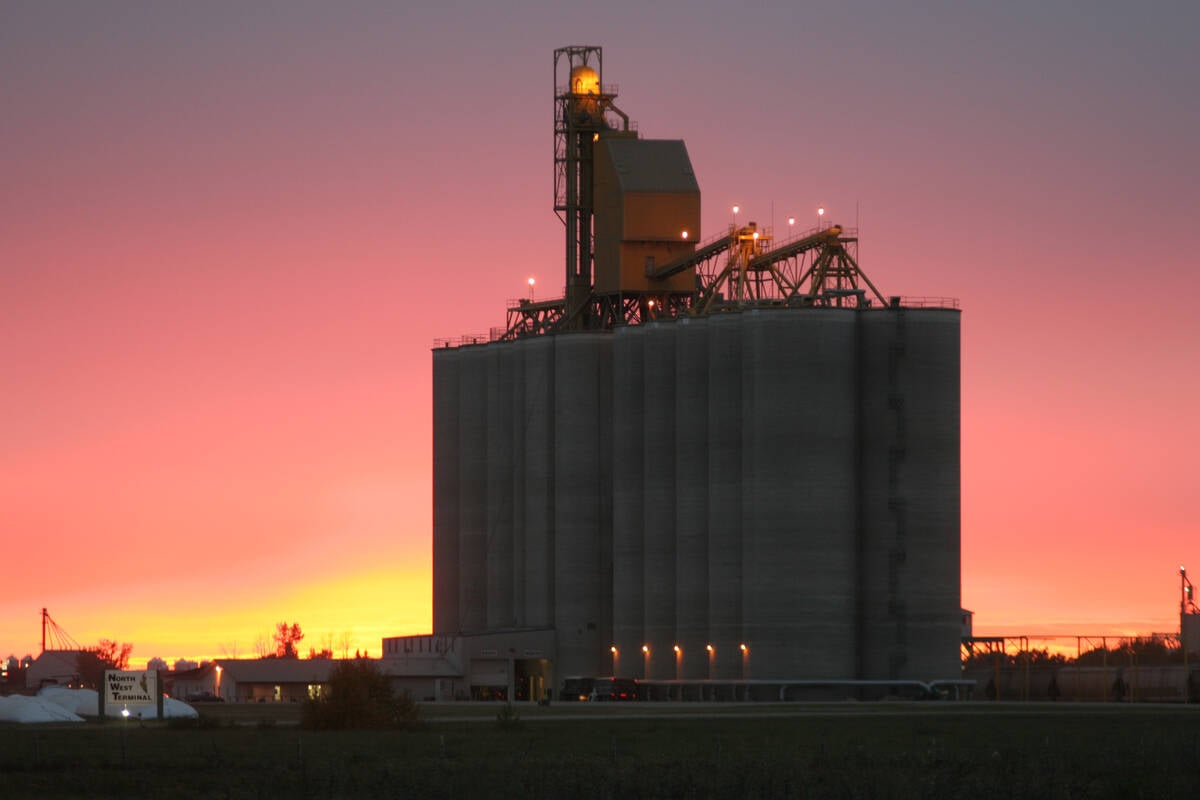OSLER, Sask. – Dave Meier holds enough split peas in his hands to feed one Ethiopian for a day.
The Saskatchewan co-ordinator of the Canadian Foodgrains Bank said wheat grown on one quarter section of land on the Prairies can feed 5,000 people in the developing world for one year.
Ontario and Saskatchewan are the largest contributors of grains and cash to the Christian aid organization that provides food and development assistance to people in need. Since the foodgrains bank started in 1983, it has supplied 880,000 tonnes of food to 68 countries.
Read Also

Bunge to acquire North West Terminal Ltd.
Bunge plans to buy the assets of North West Terminal in Unity, Sask.
At meetings in this community near Saskatoon this month, the foodgrains bank reported Saskatchewan donations had already doubled by October, compared to the previous year ending March 31.
Grain and cash gifts from the previous year totalled $8.1 million, the highest level in the agency’s history.
Although grain donations were down by half due to drought on the Prairies last year, cash donations of $4.9 million and a good crop in Ontario made up much of the shortfall, said Richard Phillips, the foodgrains bank director of resources.
This year’s volume to date is 7,495 tonnes, up from 5,073 tonnes last year, with a lot of canola coming off and higher value crops. The value of the grain donated is $1.4 million.
Donations will be accepted until Christmas.
Saskatchewan’s crop tonnage is about the same, Alberta is up three fold and Manitoba two fold from the previous year, but the value is also up.
“We are quietly optimistic this will be a good year for the foodgrains bank,” said Phillips.
Most aid is targeted at southern African countries like Mozambique, Malawi, Zambia and Zimbabwe where drought hit hard this past year.
Jim Cornelius, the group’s executive director, said dealing with immediate food shortages and tiding communities over into the next growing season are part of the foodgrains bank’s response.
It also includes supplying communities with tools, seeds and training and organizing efforts in reforestation and land rehabilitation.
It works with various groups and trade negotiators to examine policies and governments that contribute to hunger in the Third World, said Cornelius.
For the future, he sees areas of need in Liberia due to civil conflict, Eritrea because of food shortages and North Korea, where many are being kept alive with food aid.
Meier of Star City, Sask., said donations to the foodgrains bank range from $10 in cash from one farmer to the 13 quarter-section community growing project in the Tisdale, Sask., district.
He noted the Canadian International Development Agency matches donations four to one.
Farmers also receive donations and support from various companies for their inputs and costs in the growing projects, said Meier.
“When people come out and realize how many their land feeds, they are quite surprised,” said Meier.
Art Froehlich, who spoke about his first-hand look at the devastation in Malawi from both AIDS and hunger, said individual Canadian farmers do make a difference.
“The food you gave them will allow them to live two months longer and will allow their children to be orphans two months less,” he said.














